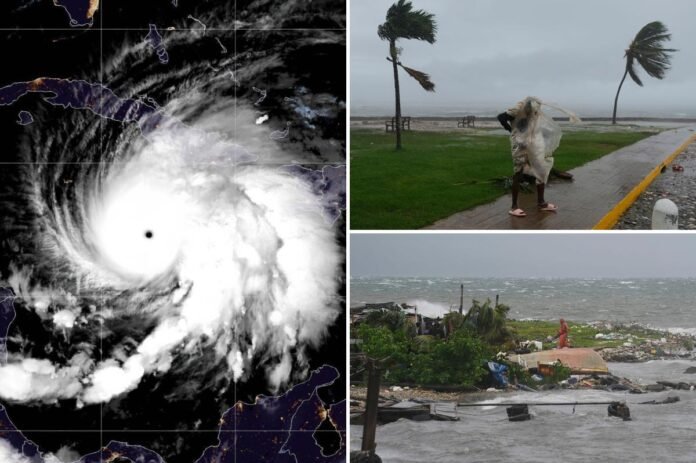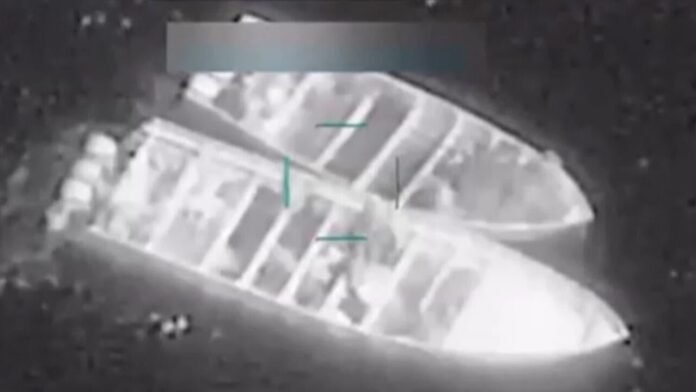Hurricane Melissa is moving at a snail‑speed across the Caribbean—less than one mile per hour. That slowness gives the storm plenty of time to build power and stay on land longer, raising fears it could become one of the most destructive hurricanes the world has seen.
The National Hurricane Center warned that Melissa is “extremely dangerous” and urged people in the path to seek shelter immediately.
Meteorologists say the slow pace lets the storm pick up strength. As it approached Jamaica on Tuesday, official reports put Melissa’s maximum sustained winds at a staggering 185 miles per hour.
A stalled storm is a recipe for disaster. When a tropical cyclone stops, rain can pour over the same area for days. In mountainous islands like Jamaica and Haiti, heavy rains—up to 30 inches in some spots—can trigger deadly mudslides and flash floods. Weather experts note that the rare combination of high pressure “sandwells” has cut off the usual winds that push storms along, leaving Melissa stuck mid‑air.
History confirms the danger of slow storms. 2019’s Hurricane Dorian wrecked the Bahamas. Hurricanes Florence (2018) and Harvey (2019) drenched North Carolina and southeast Texas with record rainfall. Recent research shows that slow‑moving storms in the Atlantic are becoming more common, especially near coastlines.
The hurricane is expected to strike Florida later in the week, where it will bring strong winds, damaging tides and possible secondary flooding. Residents are urged to monitor updates from the National Hurricane Center and prepare for heavy rain and possible evacuation if needed.
Source: New York Post
Stay informed on all the latest news, real-time breaking news updates, and follow all the important headlines in world News on Latest NewsX. Follow us on social media Facebook, Twitter(X), Gettr and subscribe our Youtube Channel.



